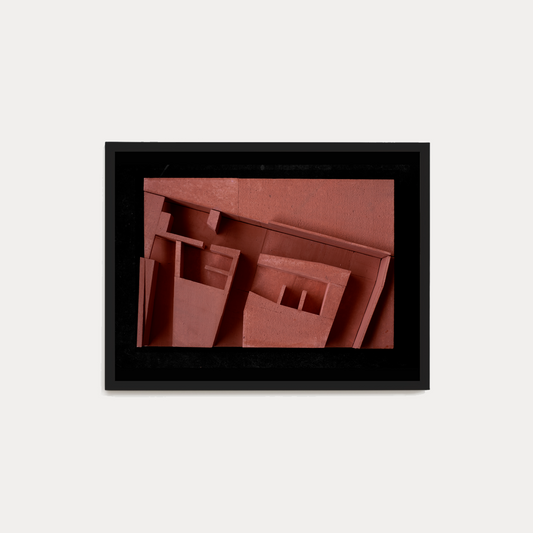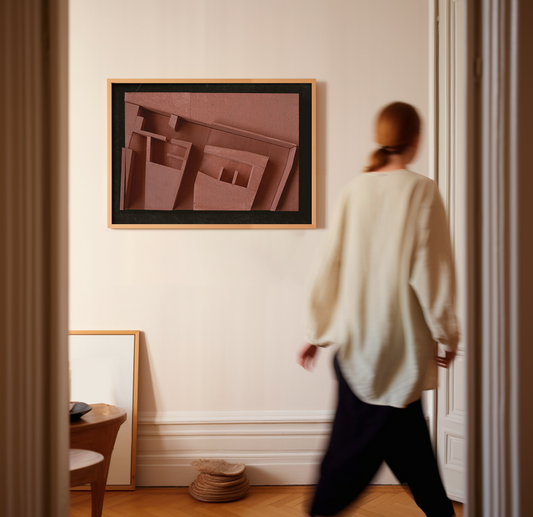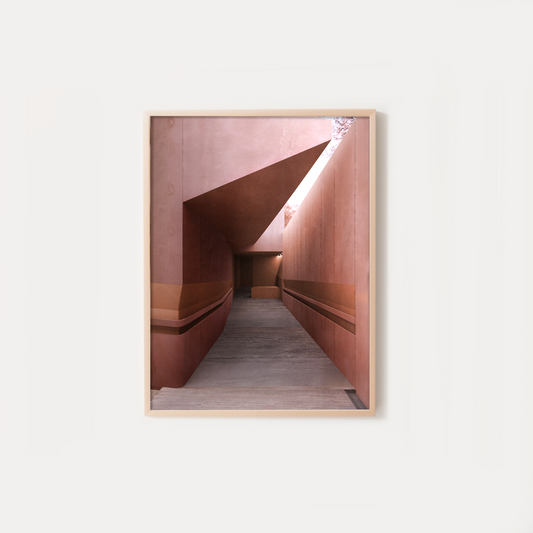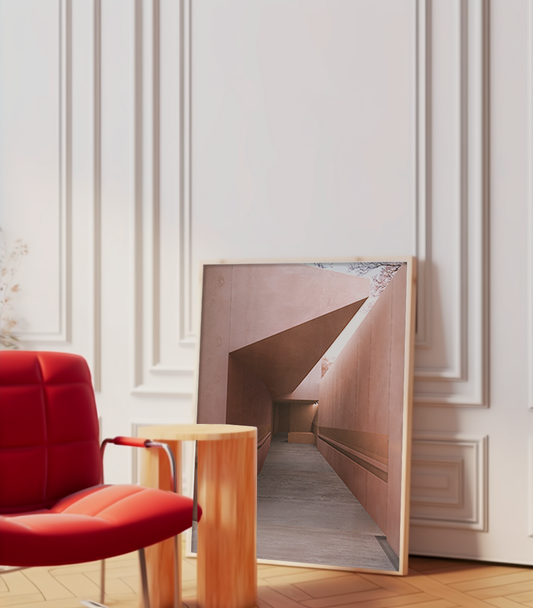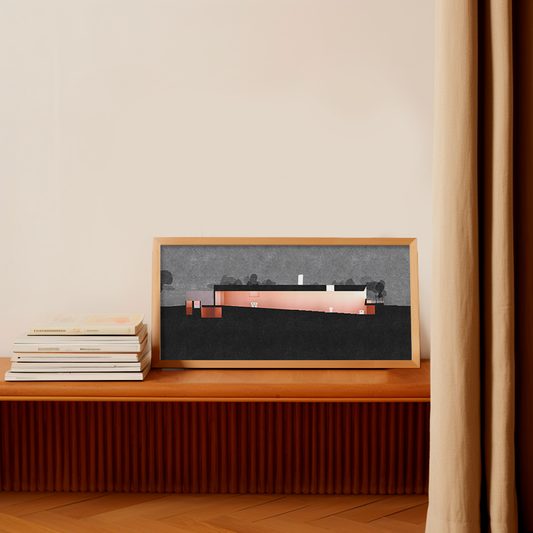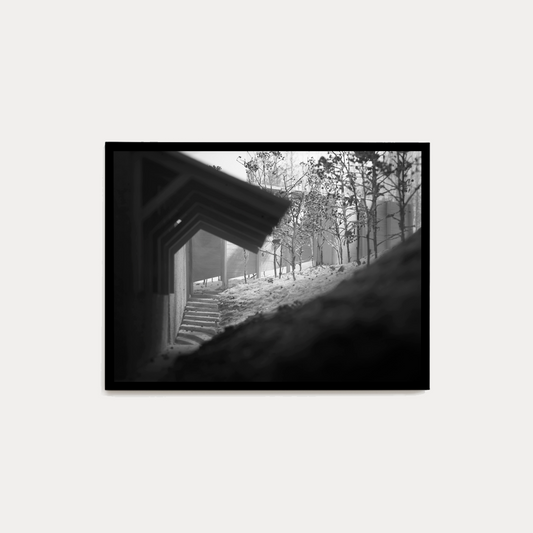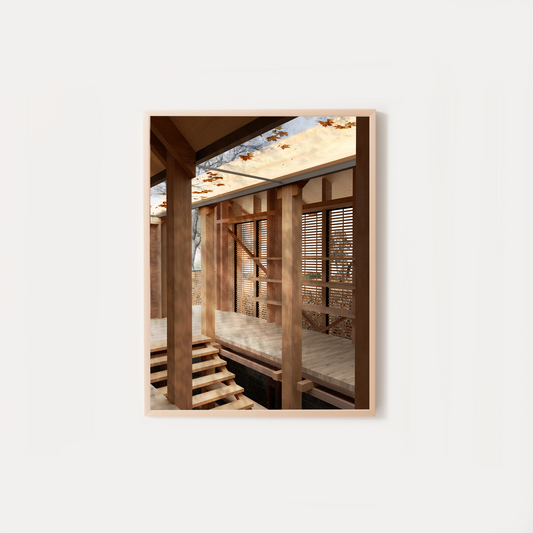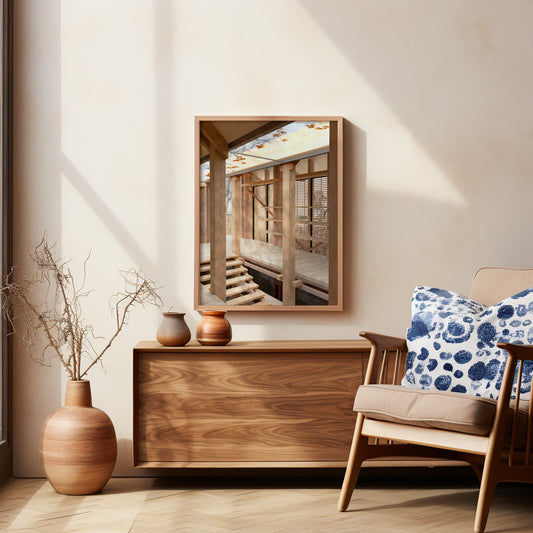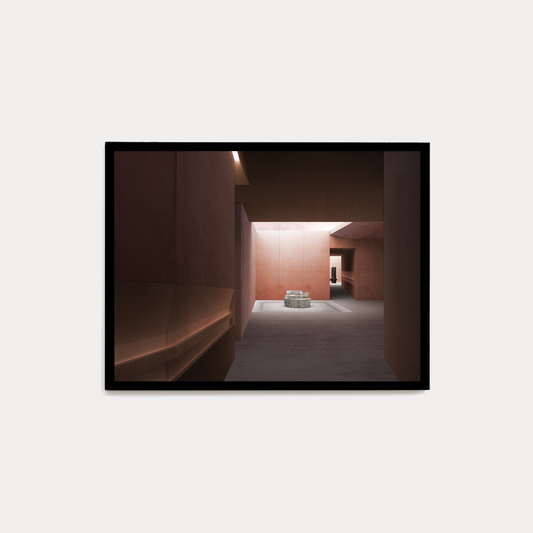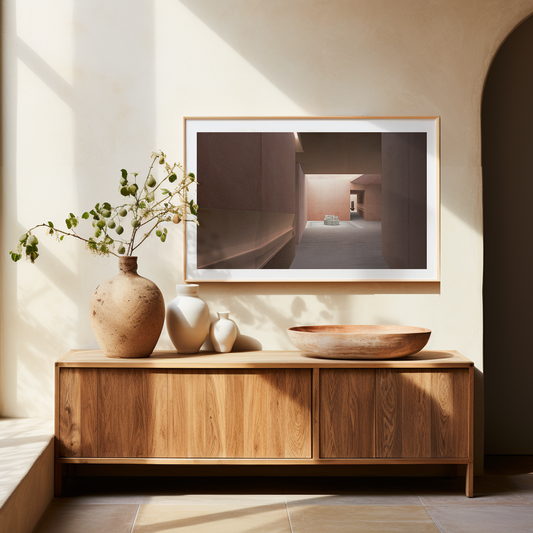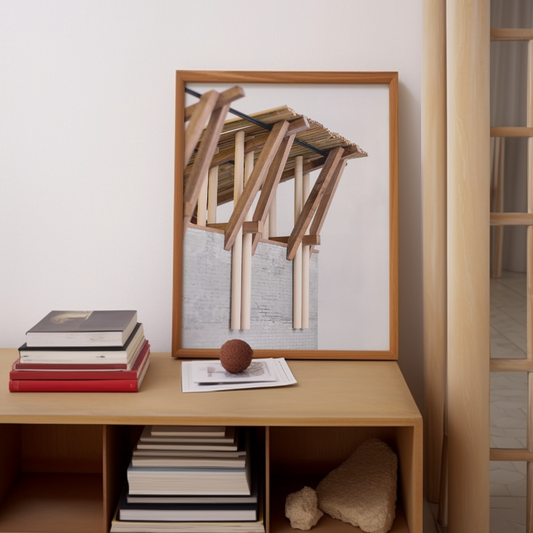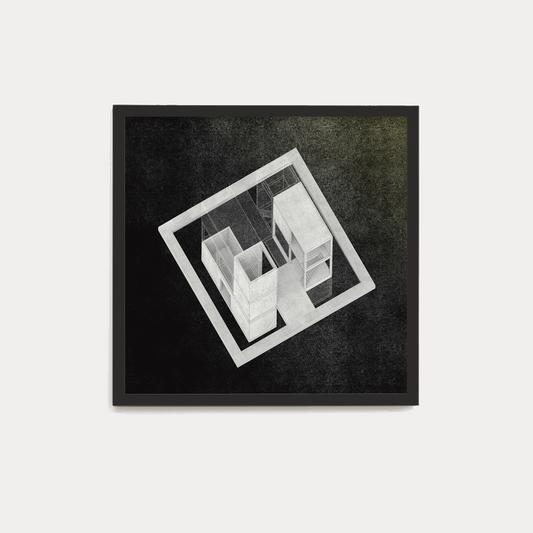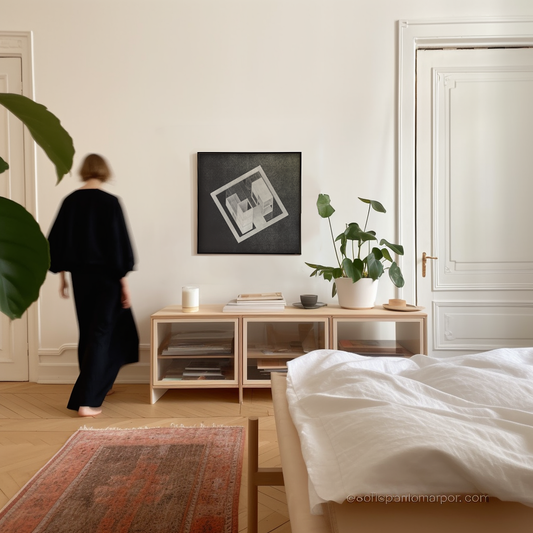Known for her artistic journey through a fusion of eastern heritage and western influences, Phoebe Chu's artwork is shaped by her upbringing in Hong Kong and her architectural studies and practices in Oslo. This blend of cultural experiences informs her unique style, which is noticeable in her art, marrying traditional art with contemporary designs. We chatted with Phoebe about her creative process and her favourite art piece on MUSE.

MUSE:
Hi Phoebe! Thank you so much for chatting with MUSE today. To start, we see that your upbringing in Hong Kong and your later life in Oslo seems to have had a profound impact on your artistic sensibilities. How do you see your dual cultural background reflected in your art?
Phoebe:Growing up in the bustling metropolis of Hong Kong, I was constantly surrounded by an intense whirlwind of sensations. Moving to Oslo introduced me to the beauty of quietness and solitude. This contrast influences my art. Whether it’s through photography or architecture, my work often captures tranquil 'moments' - as if offering an escape into stillness away from the noise. It feels like you are right there, a part of that serene world.
MUSE:
Your experience in both the eastern art of Chinese painting and calligraphy, and western architecture is quite unique. How do these seemingly disparate disciplines intersect in your work?
Phoebe:
My background in Chinese painting and calligraphy has deeply influenced my understanding of proportions, structure, and space - concepts that are integral to both art forms. This training not only honed my ability to create depth and atmospheric imagination in my art but also taught me the power of 'blank' space, which is crucial in both Chinese aesthetics and modern architecture. While I don’t have a formal education in Western architecture before my master’s degree, the principles I've learned from Eastern art often guide my architectural decisions, blending these worlds in unique ways.


MUSE:
Your artistic endeavors often involve a combination of digital and physical mediums, encompassing digital drawings alongside physical models. Could you provide further insight into your process of working with both digital and physical elements, and how they complement each other in your creative projects?
Phoebe:
Each medium has its own limitations, but I've found that switching between digital and physical methods often sparks new ideas. My workflow is never linear—I jump between digital drawings and physical models to explore different perspectives. Digital drawings offer precision and information, while physical mediums engage the senses with texture, light, and shadow. Combining the two enriches the spatial experiences in my projects, creating dynamic and immersive designs.
MUSE:
Could you tell us about a specific project or moment in your career that you feel was particularly pivotal in shaping your artistic vision?
Phoebe:
I would say two projects have been particularly pivotal in shaping my artistic vision: Tuve Hotel, a realized project, and the Hong Kong Vernacular Centre, an unrealized one.
For Tuve Hotel, I developed the project from atmospheric photographs, while for the Hong Kong Vernacular Centre, I drew inspiration from Chinese characters. Both projects began as abstract art forms and evolved into spaces filled with a rich sensory experience and emotion.


MUSE:
Many artists find inspiration in unexpected places. What are some sources of inspiration that might surprise people when they learn about your creative process?
Phoebe:
My inspiration rarely comes from functional thoughts. I don't usually start a project with programs and functions in mind. Instead, I'm often inspired by something artistic - a photograph, a scene, a story, or even a poem.
I like to begin with something completely unrelated to the project at hand. It's almost like writing a novel in a stream of consciousness. While I wouldn't call myself an abstract person, my thoughts are not always solid and concrete either. But I like to keep it that way; that's how my projects evolve.
MUSE:
Your journey has taken you to various countries and continents. How have these diverse environments influenced your artistic expression?
Phoebe:
My journey has taken me to various countries and continents, exposing me to diverse environments and cultures. Despite these differences, I've found that the desire to be in magnificent spaces and the fundamental need for solitude are universal.
While I've learned from and embraced cultural diversity, I've also developed an appreciation for different values that contribute to achieving ultimate calmness and timelessness in my work.


MUSE:
Looking ahead, what are some themes or concepts you're excited to explore in your future artistic endeavors?
Phoebe:
In my future artistic endeavors, I'm excited to explore themes of storytelling and emotional space. For me, a space or artwork is more than just a physical entity - it's a vessel for emotions and stories. The most intriguing aspect is how we perceive and experience these spaces and artworks.
MUSE:
Where do you see your work featured within a home?
Phoebe:
I envision my work featured in a cozy room flooded with morning or evening sunlight. The gentle light would illuminate the artwork from the side.
MUSE:
Can you share some architects or artists that serve as your source of inspiration in architectural designs? / Who influences you the most?
Phoebe:
Carlo Scarpa, Peter Zumthor, Sverre Fehn, Nikolai Astrup, René Magritte

MUSE:
Lastly, what does being a part of Muse Collab mean to you, and how do you envision your collaboration with us evolving in the future?
Phoebe:
The boundaries between art, architecture, and design are becoming increasingly blurred, and I've always been intrigued by the intersection of these fields. While I identify as an architect and interior designer, Muse Collab provides a platform for me to showcase my artistic side.
I'm honoured to be a part of Muse Collab and excited about the future possibilities it offers. I look forward to seeing how Muse Collab continues to provide a platform for architects to unfold their ideas and artistic talents in the future.


